Under the canopy of the Chang Riec forest
Under the canopy of the old forest of Chang Riec (Tan Lap commune), about 60km from the center of Tan Ninh ward, is the special national relic of the Southern Central Bureau Base - the one-time "revolutionary capital of the South". Every day, this place is still bustling with the footsteps of veteran groups visiting the old war zone; each class of students comes to understand more about the glorious history of the nation. Each house, each deep trench, each bomb crater,... brings everyone back to the arduous but heroic years of their fathers and brothers.
On January 23, 1961, at the 3rd Conference of the Party Central Committee (term III), the Central Office for the South was established. After a period of living and fighting in War Zone D, in February 1962, all the Central Office agencies moved to the North Tay Ninh War Zone. To lead the resistance war against the US, to save the country until the total victory on April 30, 1975, the Central Office for the South had to move more than 30 times, sometimes changing 2-3 times a month. Despite the hardship, this place was still the "brain" that directly commanded the resistance war in the South; the place where the Party's and Uncle Ho's guidelines and resolutions were concretized. In 15 years, the Central Office organized 15 plenary congresses, issued hundreds of important directives and resolutions - decisions that contributed to the Great Victory of Spring 1975.

Memorial house of comrade Vo Van Kiet at the Southern Central Bureau Base Relic Site
Chang Riec Forest at that time was like a solid "shield" protecting the revolution. The interwoven canopy of trees covered houses, tunnels, halls, Hoang Cam kitchen, etc. And among the myriad of forest trees here, there was a type of leaf that became the symbol of the base: the Trung Quan leaf. Thanks to its characteristics of rotting slowly, being difficult to catch fire, not spreading when burned, and limiting fire when bombed or artillery fired, the Trung Quan leaf became the "golden material" for roofing houses, halls, kitchens, etc. in the base. Under the Trung Quan leaf roof, there were still intact mementos associated with comrades Nguyen Van Linh, Nguyen Chi Thanh, Pham Hung, Vo Van Kiet, etc. There was a neat desk, a time-stained document cabinet, a small bed made from old bamboo sticks, etc. All were rustic and simple, but imbued with the patriotic spirit of those who shouldered the fate of the South.
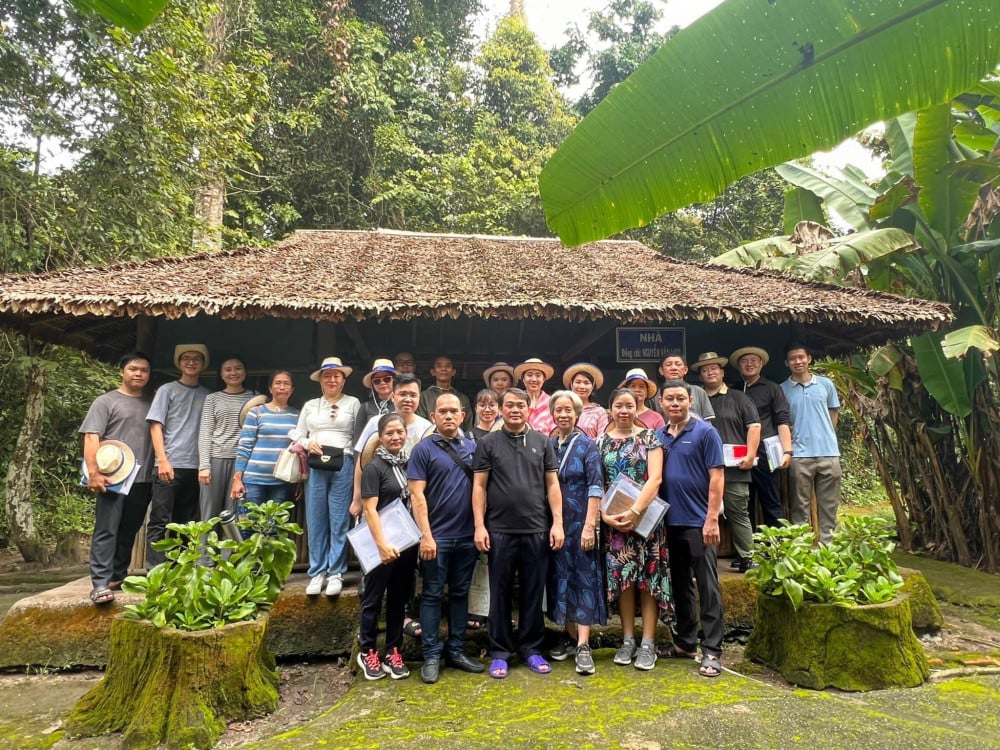
Tourists take photos at the memorial house of comrade Nguyen Van Linh at the Southern Central Bureau Base Relic Site

The roofs are thatched with palm leaves.
After the country's reunification, the base was preserved, restored and retained almost intact the appearance of the old war zone. Recently, the base was also installed with a 3D Mapping projection system, helping viewers "step back in time", reliving the resistance forest of the sixties. 3D documentary footage realistically recreated the Junction City operation in 1967 - the largest ground campaign the US had ever conducted to "search and destroy" the Central Bureau. After more than 53 days and nights, the enemy was completely defeated. General Nguyen Chi Thanh's voice seemed to echo from the past: "The Junction City operation was the largest in the Tay Ninh region, but it was also the most painful operation, and was the milestone that marked the pinnacle of their failure in this operation."
From the realistic and vivid film footage, when stepping into the exhibition area, the audience seems to continue the story through images and memories. Each photo and each artifact tells in detail the life in the forest of the cadres and soldiers with the spirit of "Going without traces, cooking without smoke, speaking without sound". In that space, the visitors seem to be silent. Each step is a touch of history, where today's generation is reminded that: to have peace and freedom, there have been countless people who lived, fought and sacrificed silently in the green forest of Chang Riec.
The story of a talented and virtuous lawyer

Lawyer Nguyen Huu Tho Memorial Site is a place for traditional education and returning to the roots for many delegations inside and outside the province (In the photo: Youth Union members of Ben Luc commune organized a flag-raising ceremony "I love my Fatherland" combined with returning to the roots at Lawyer Nguyen Huu Tho Memorial Site) (Photo: Lawyer Nguyen Huu Tho Memorial Site)
From Chang Riec forest to the center of the province, you need to go through Ben Luc, the hometown of the talented lawyer and revolutionary Nguyen Huu Tho. In the center of the commune, the Memorial Site of Lawyer Nguyen Huu Tho is a place to preserve the memory of a man who spent his whole life fighting for national independence, for justice and freedom.
Standing out in the memorial temple space is a horizontal plaque embossed with the four words "Tai Duc Song Toan" as an affirmation of the convergence of knowledge, morality and patriotism in a man who devoted his life to the people and the country.
Lawyer Nguyen Huu Tho studied in France for 11 years, had a full life and a bright future when he graduated with a Bachelor of Law with honors from the University of Aix-en-Provence, but he chose to return home and join the revolution. In his homeland, he used his legal knowledge to defend his fellow countrymen against the brutal oppression and exploitation of the colonial government. He became a lawyer to protect justice for the poor and participated in the revolution. Although he was arrested, lured, placed under house arrest, and even assassinated many times, he remained steadfast in his ideal of national independence.
Each photo and artifact in the gallery is a piece of the life and revolutionary career of the loyal son of Ben Luc, Tay Ninh. The gallery is like a slow-motion film that helps visitors better understand a personality, a person who fought wholeheartedly for his compatriots and nation and was trusted by the Party and the People to take on many important responsibilities such as Chairman of the National Liberation Front of South Vietnam, Acting President, Chairman of the National Assembly...
Next to the gallery is Nguyen Huu Tho Library with more than 13,000 books open to everyone for free. This is a familiar destination for many students in the area. The image of students engrossed in reading books, in the airy and quiet space of the library is an affirmation that this is the best way to continue the tradition and remember the talented lawyer and revolutionary of the homeland.
Spiritual symbol of "bravery and resilience"
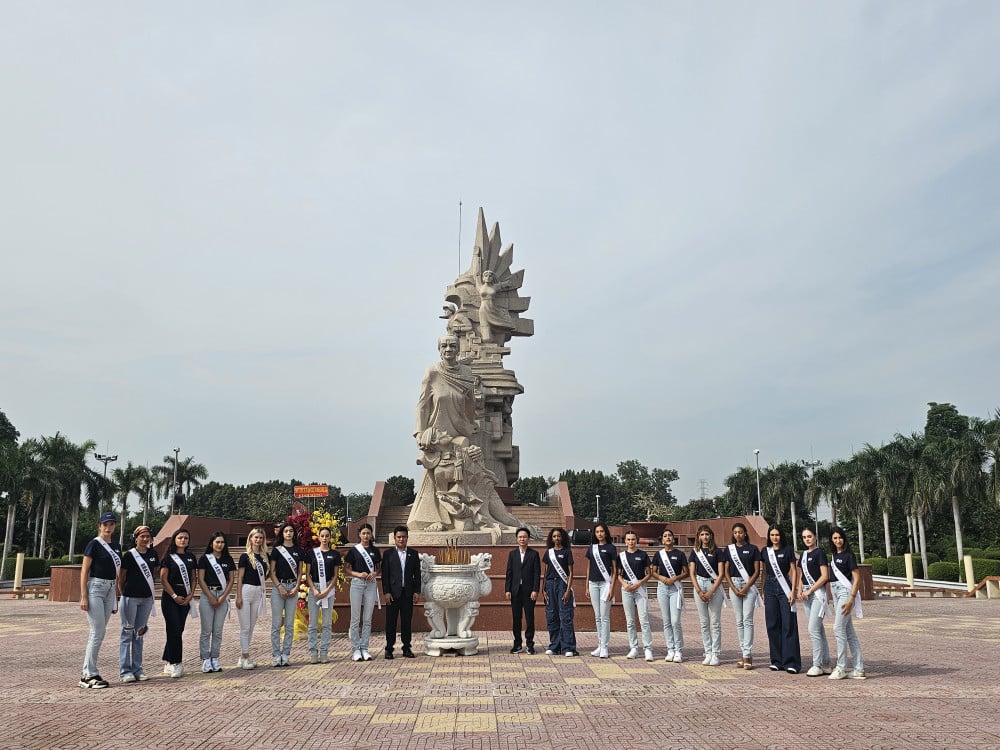
Tourists come to burn incense at the Long An Monument to commemorate the bravery and steadfastness of the people fighting the enemy.
Leaving Ben Luc, following National Highway 1 towards the West, visitors will come across the Long An Monument Park, a brave and resilient place where the entire people fought the enemy, as a warm greeting from the land of "bravery and resilience". For the people here, the monument park is a symbol of pride in their homeland, a place to entrust the indomitable spirit of many generations.
The monument park is a place where visitors can slow down, look and feel the messages conveyed in every detail of the design of the project. The statue cluster “Loyal and steadfast, the whole people fight the enemy”, is arranged in the shape of a sacred dragon rising up, symbolizing the desire for victory and indomitable will.
On the dragon's body are images of liberation soldiers and Vietnamese mothers in the joy of victory. Below, the revolutionary boat gliding through the waves symbolizes the Party and the People steering the country's boat to the future. However, what makes this place special is the exhibition space, where artifacts are carefully preserved, from homemade guns, tools for hiding cadres to spoils of war in the struggle movements. Each of these small items contains a great story of courage and the spirit of "the whole people fighting the enemy".
The exhibition space of 8 topics "Loyalty and steadfastness, the whole people fight the enemy" is where visitors can relive the heroic moments of history. The photo boxes recreate the "human bridge", the engineering workshop under the cajuput trees or the military medical station in the dark leaves, etc., helping viewers visualize more clearly the resilient and arduous days of our fathers and brothers. With the combination of light and sound effects, the exhibition space of 8 topics is like a history class with images and emotions, helping each of us understand more deeply the eight golden words that the Party and State bestowed on this land: "Loyalty and steadfastness, the whole people fight the enemy".
With 223 historical and cultural relics, Tay Ninh is a land rich in potential for tourism development associated with traditional education, especially school tourism, helping students to visit, experience, and access knowledge in a vivid way, and understand more deeply about culture and history. With the cooperation between the Education sector, the Culture sector as well as tourism businesses, we believe that each of the students' tours will be a practical and meaningful lesson in local experience and education./.
Guilin - Yuyao - Tourism Promotion Center
Source: https://baolongan.vn/nhung-cau-chuyen-ke-tu-qua-khu-a205566.html




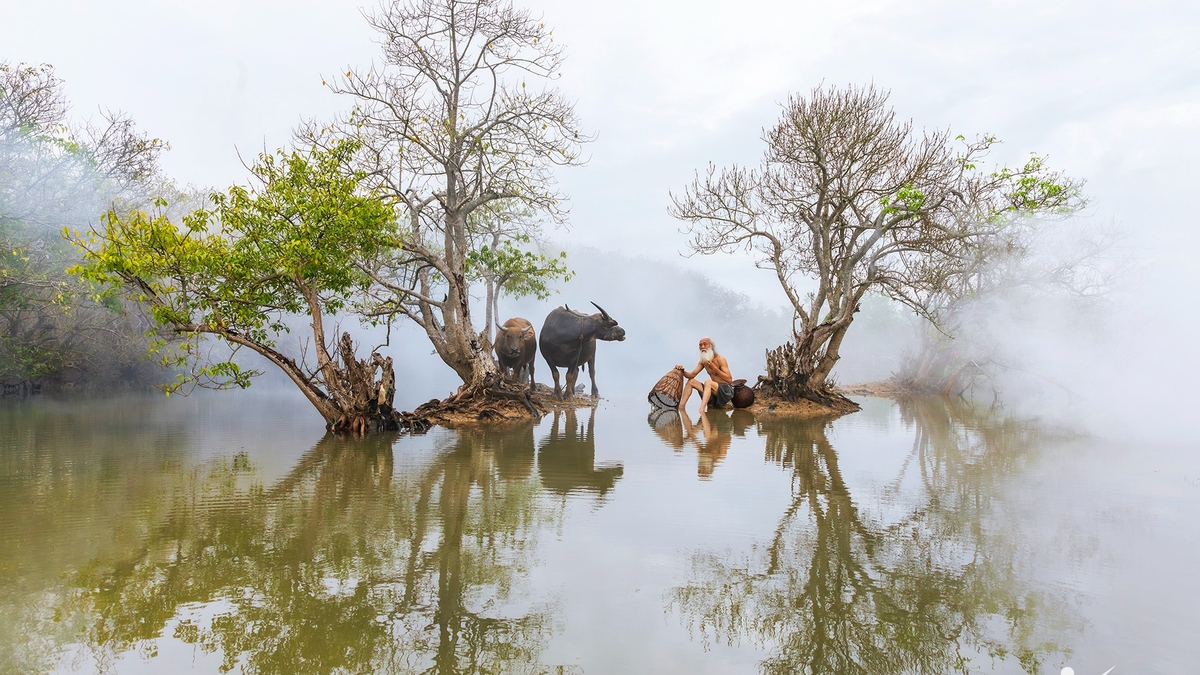

![[Photo] Da Nang: Water gradually recedes, local authorities take advantage of the cleanup](https://vphoto.vietnam.vn/thumb/1200x675/vietnam/resource/IMAGE/2025/10/31/1761897188943_ndo_tr_2-jpg.webp)





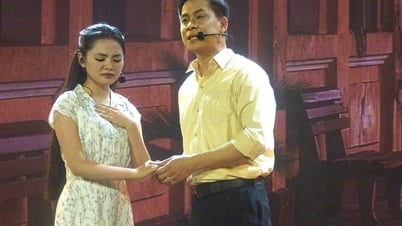

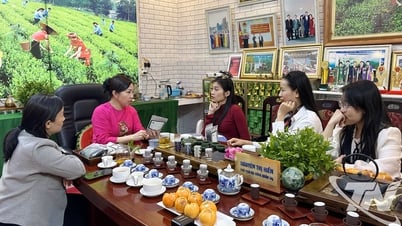

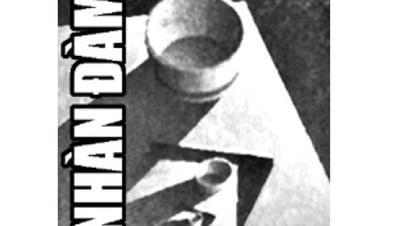



![[E - Magazine]: Perhaps everyone has a winter to remember.](https://vphoto.vietnam.vn/thumb/402x226/vietnam/resource/IMAGE/2025/10/31/1761917296095_e-magazine-co-l-w1200t0-di2543d199d5162334t11922l1-claccmmddn-137.webp)





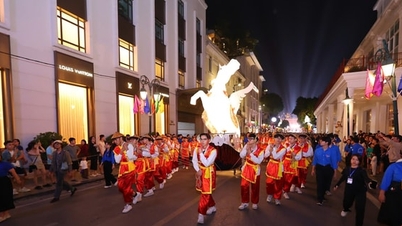






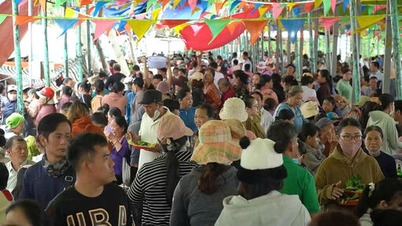

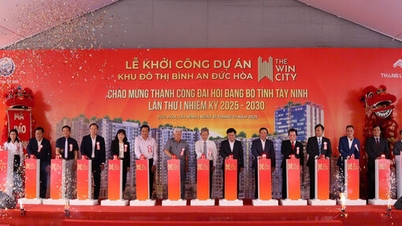

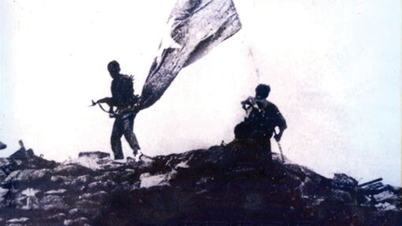
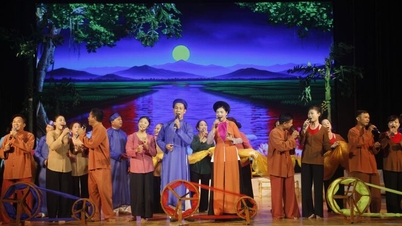



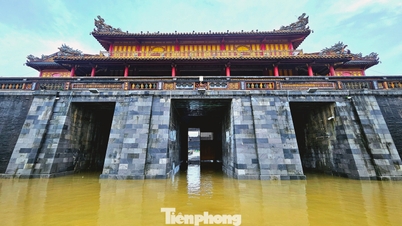







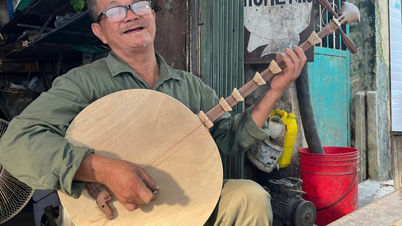





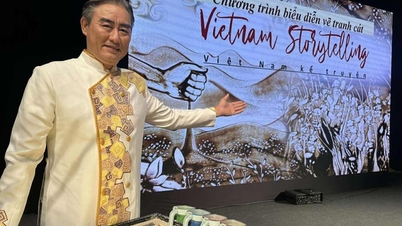








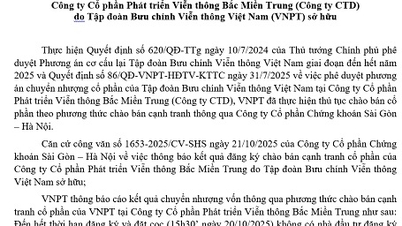
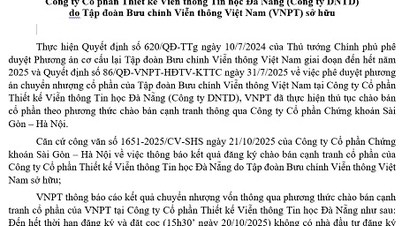
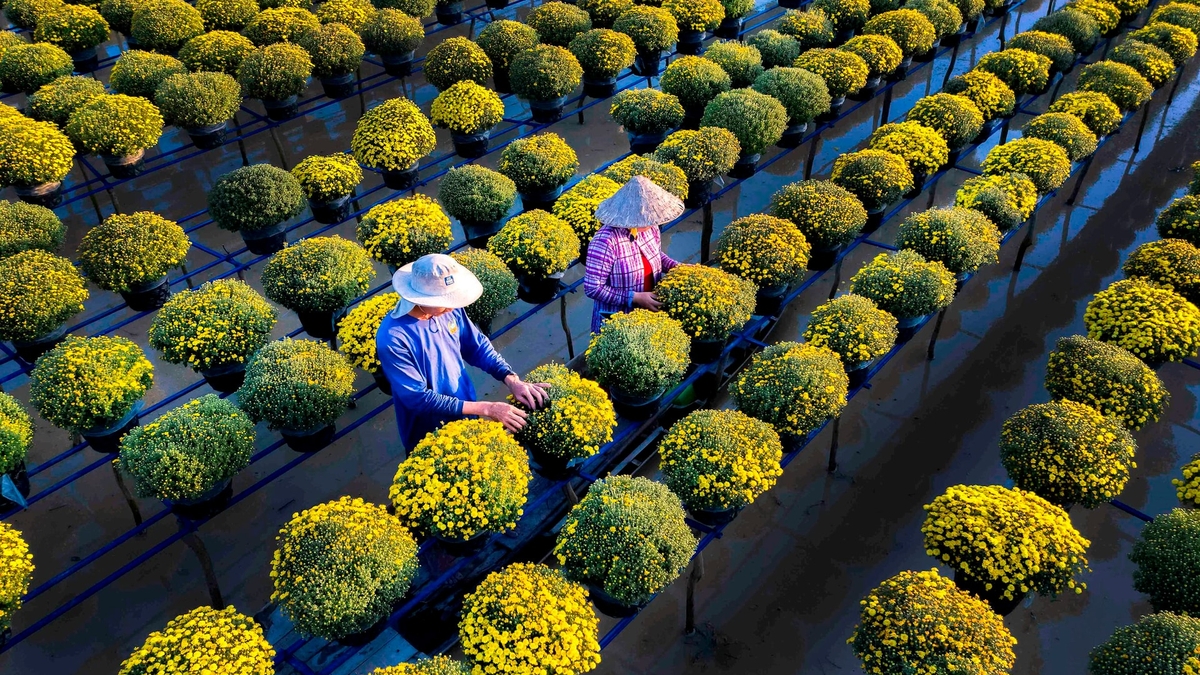




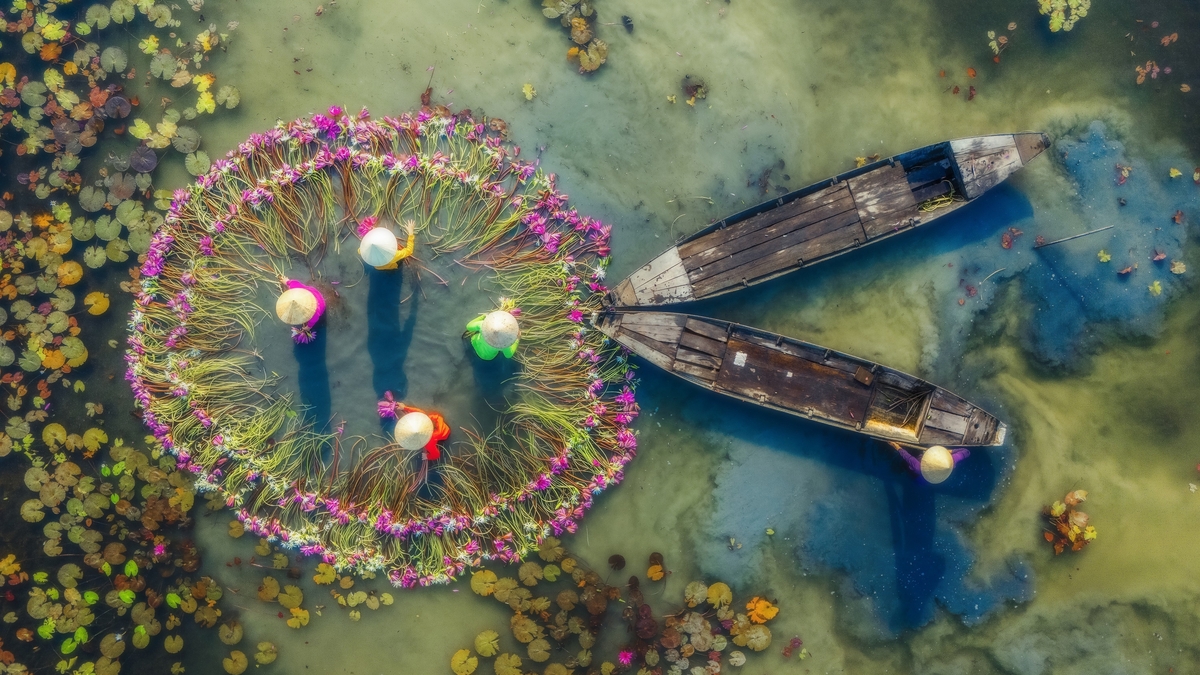






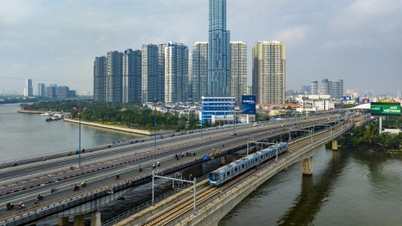


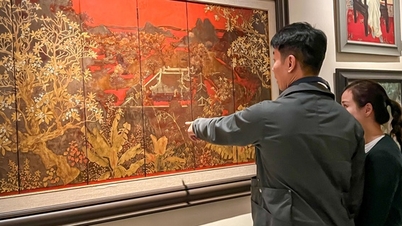
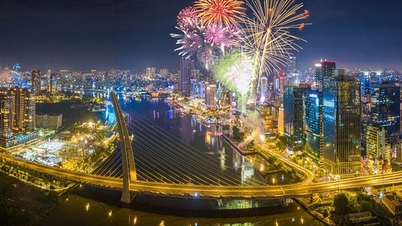



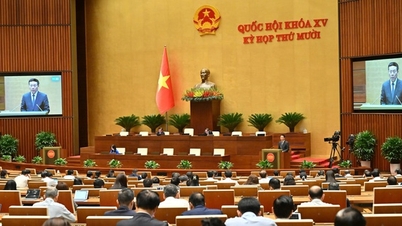






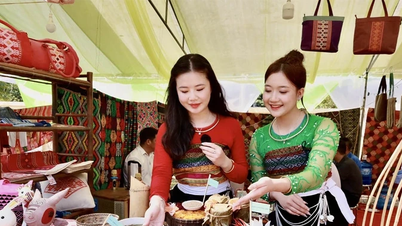



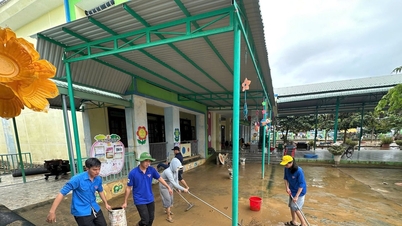











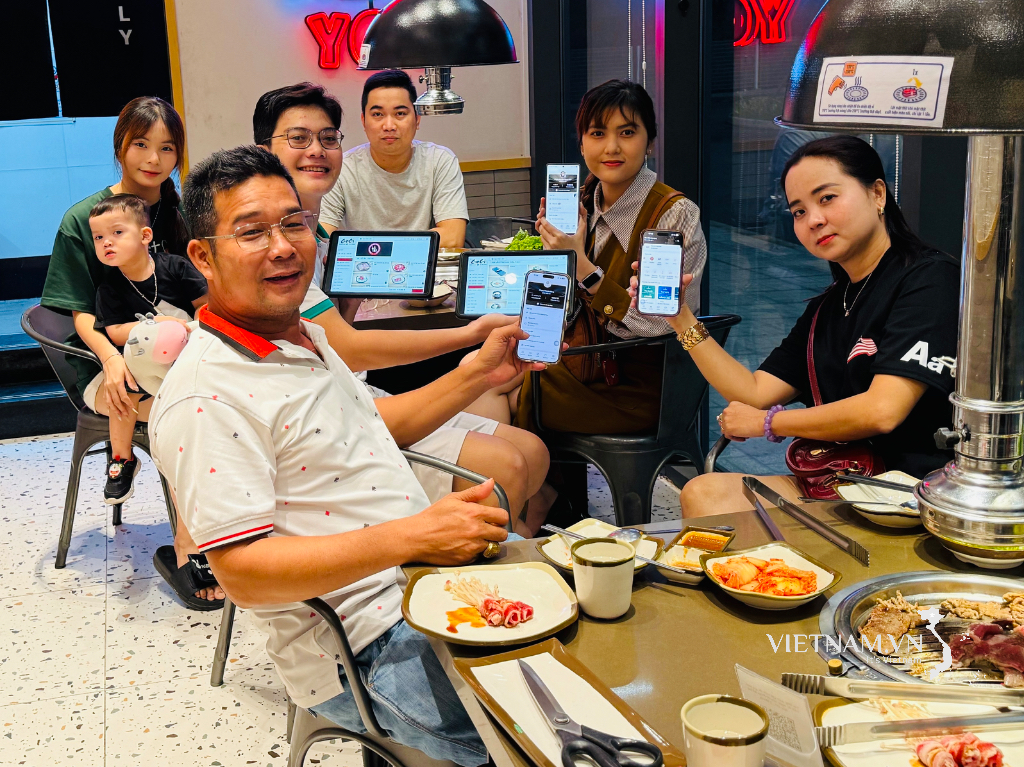


Comment (0)